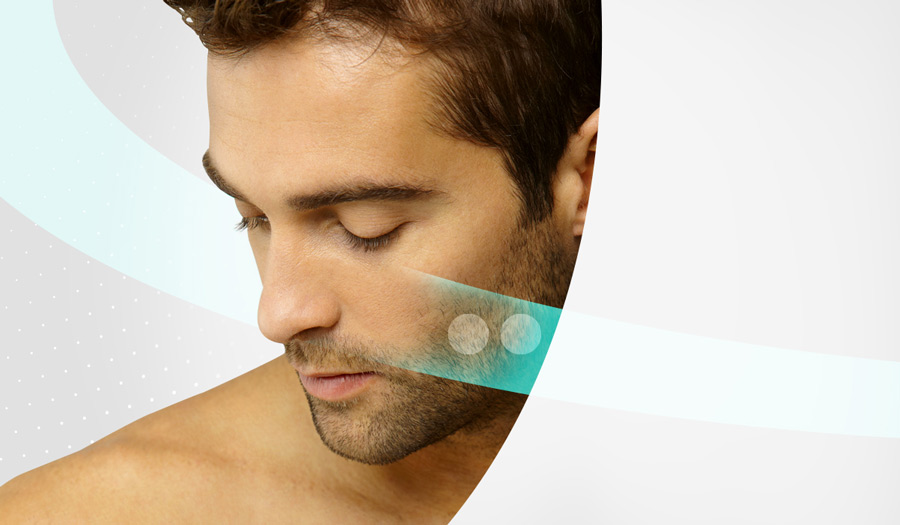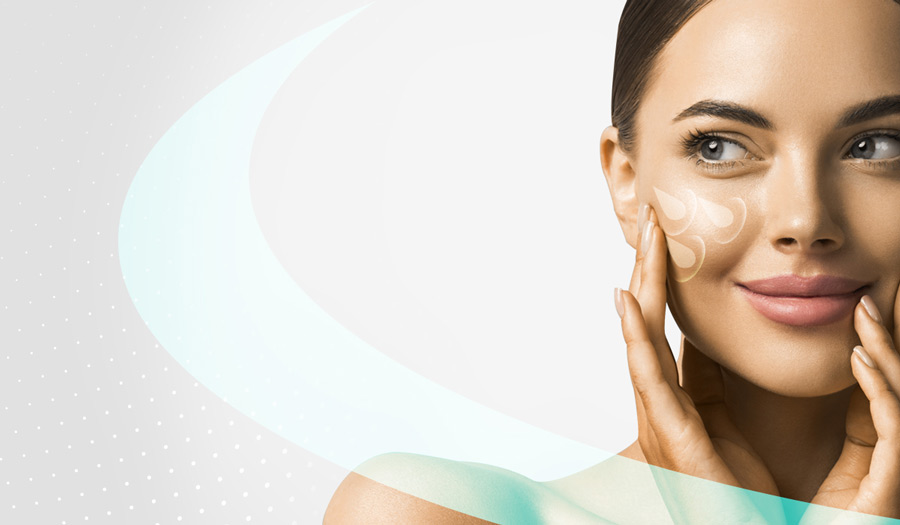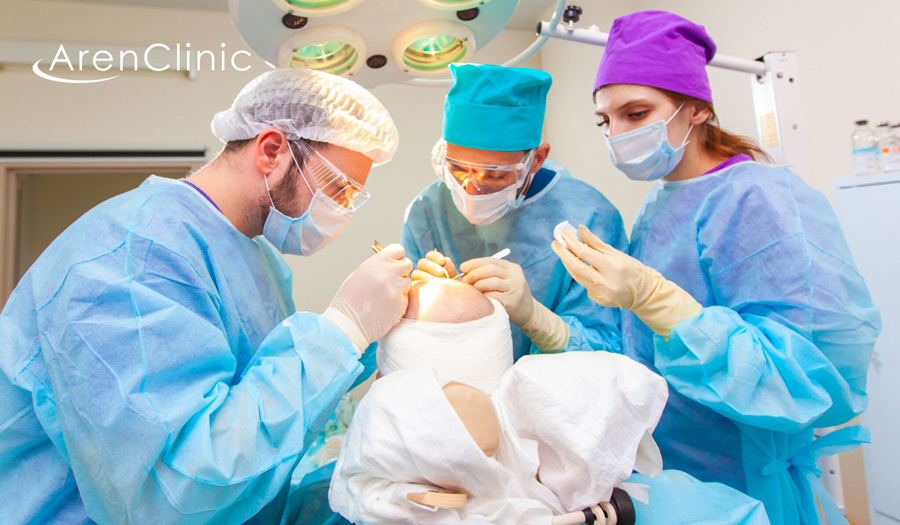Having a beard can complement your appearance and make you feel younger and more vigorous. But not every man has a beard. Many men suffer from the absence of chin hair or the appearance of light hair irregularly for several reasons. They could be hormonal, genetic, or other reasons. Fortunately, with the advance of technology, this problem is solved now by the procedure of a beard transplant.
What is a Beard Transplant?
Facial hair transplantation is a surgical procedure that restores hair to areas of the face where the hair is thin or nil. The procedure can target one or more of these areas of facial hair: beard, goatee, mustache, sideburns, cheeks, and eyebrows.
Facial hair transplant is often sought to create a more “masculine” look, but can also be used to hide acne scars, burns, or accidents. As in a normal hair transplant surgery, donor’s hairs are collected from the back and or sides of the scalp or other areas, depending on the best combination.
How is the Beard Transplant Performed?
The beard implant in Turkey is usually performed with the FUE or Sapphire transplant technique, which consists of extracting the hair follicles one by one using the most advanced instruments in the field of medicine, and implementing them in the receiving area, in this case, the beard, with maximum precision and without scarring.
It is estimated that in a beard implant session, between 300 and 700 grafts are transplanted per side, depending on the extension and the density that is intended to be obtained (approximately between 20 and 40 follicular units per square centimeter depending on each person). As a result, the duration of the intervention ranges from 2 to 5 hours, depending on the case.
Care after the Beard Transplant
The success of a beard transplant depends not only on the choice of a good surgeon and a good hair restoration clinic; It also depends on the care after the beard transplant being done successfully and following the recommendations given by the surgeon literally.
In this sense, we are going to know what care must be followed after the procedure, as well as some frequently asked questions about your recovery.
1- Keep the Surgery Area Clean
It is crucial to keep the face and site on the scalp as clean as possible to avoid infection and other possible side effects.
Follow the cleaning instructions provided by your surgeon as part of your postoperative care regimen. Antibiotic ointment should be applied as directed to help with the healing process.
For the next few days, be sure to sleep on your back rather than on your stomach or side after surgery. Make sure your head is raised with some pillows to help with the healing process.
2- Wash your beard carefully the first days
One of the cares after the beard transplant that must be followed is: how to wash the beard. First, you must wait 48 hours before washing your beard. Of course, you can take a body shower before that, but keep your hair and beard dry.
From day 3 after the transplant, you can start washing your hair and beard. Be very gentle when you wash your hair for the first 5 days. Gentle washing of the beard will not harm newly implanted follicles, but be careful. If you scrub too much, you can dislodge a graft.
Regarding the donor area, don’t let your head go directly under the showerhead. Because many times the water pressure could cause a problem in the recovery. Now the correct way to apply the shampoo is as follows:
- Put a little shampoo in the bottom of a cup,
- Fill it with water and
- Then pour the bubbly solution over your head while gently massaging your head.
Some itching is common for a few days after a beard transplant. The donor area, that is, the place where the follicles were removed, will initially be covered by small red dots. These stitches will begin to scab after surgery. If any itching bothers you, you can apply conditioner to the donor region. This helps relieve itching.
If scabs remain after 7 days, you can apply conditioner to the receiving region. Gently massage in circular motions to help move scabs away.
3- Wait 3 days before returning to Work
Although the beard transplant is an outpatient procedure, you can go home the same day.
It is recommended to wait at least 3 days before returning to work so that both the donor area and the recipient area have been sufficiently healed and settled.
However, it is important to note that at the aesthetic level, it is recommended to wait at least 1 week, since the red spots in both areas will still be present on the 3rd day, although with less intensity.
Approximately two to three weeks after the beard transplant surgery, all of the donor’s hair will fall out. This is natural and temporary. The same sudden hair loss occurs with traditional hair transplant surgery. Eventually, the hair will regrow and help fill your beard.
About four months after the beard transplant, the transplanted follicles will begin to grow again. The growth will look natural and provide you with a thick, full, and well-designed beard.
4- Common side effects and how to manage them
Although side effects in hair transplant and beard transplant surgery are rare, they may sometimes occur.
Most of the time, these side effects occur because the care after the beard transplant is not performed properly. Some of the most common side effects after beard transplant surgery include:
- Itching and irritation
- Swelling around the treated areas.
- Pain in the face and scalp.
- Redness of the face and scalp
- Tightness on the face and scalp
- Numbness of the face and scalp
- Temporary crusts
Patients should notice an improvement in side effects day by day, with side effects such as swelling and redness that disappear at the end of a week. Patients should NOT touch the scabs or crusts that form as they are a natural part of recovery.
5- Activities to avoid after the beard transplant
After undergoing beard transplant surgery, be sure to avoid the following activities until instructed otherwise by your surgeon:
- Touching, rubbing and scratching the chin and cheeks
- Expose your face or scalp to direct sunlight
- Strenuous physical activity
- Use of anticoagulants or similar medications.
- Smoking and use of tobacco products.
- Drinking alcoholic beverages.
- Swimming
- Using hot tubs.
- Visiting steam rooms or saunas
6- Shave after a Beard Transplant
Approximately 10 days after surgery, patients can shave once more without worrying about damaging the donor’s hair follicles. Be sure to be nice to do it, as your face may feel a little sensitive.





